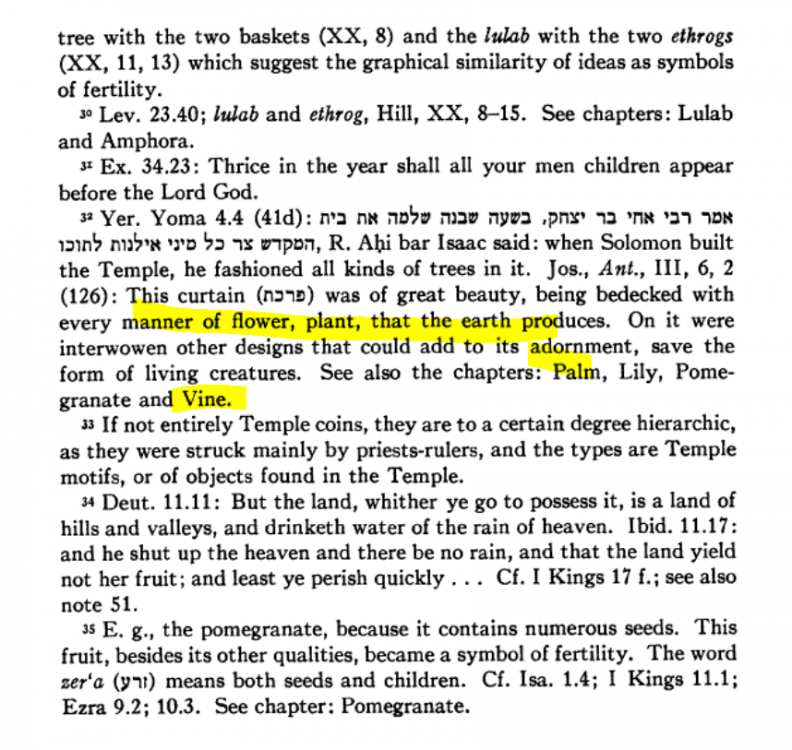Leaderboard
Popular Content
Showing content with the highest reputation on 2021-05-10 in all areas
-
Idea: Make houses more vulnerable to destruction and increase the loot gained by the attacker. Goal: Increase the importance of both houses and walls (by which I mean both stone walls and palisades). Explanation: Right now, not only are walls rarely used to protect houses, the houses themselves are used as walls. Players use the defense area around their CC to protect farms instead of houses. In reality, this was mostly the other way round. The importance of women and family for the continuation and prosperity of the settlements is IMHO underrepresented in the game. The houses are the best candidate to represent this. And as such should be of high value. But not of high value to construct but rather when already constructed. In reality, the houses would hold huge part of the wealth of the settlement, this corresponds to the suggested increased loot. Right now, if you compare a house, barracks, a sentry tower and even a fortress you get almost equal ratio of health*defense/resource. This surely isn't realistic as the house is not a mini fortress and the resources for a house would normally be spend elsewhere than defenses. This corresponds to the suggested higher vulnerability of the houses. Unlike a sentry tower, the house can usually be easily put to the torch. Hence, the houses should be vulnerable to all soldiers (with any type of attack). Result: In the end, players should be more motivated to protect their houses as they best represent their civilization. The houses should be valuable enough to be put in the defensive area of CC together with/instead of farms at the beginning and protected by some kind of fortification or ready to defend army in the late game. Some tweaks to the stats of walls could be needed. Moreover, as far as I know, there is no penalty for not having enough housing for your current population (your opponent destroys your houses but does not kill your people) in the sense that you can keep such a population indefinitely. If you can't create such a houseless population in the first place, you should not be able to keep it for a long time.4 points
-
Or build a (cheap) colony and have the option to upgrade that into a military-focused (train CS), economy-focused (dropsite) or political-focused CC (more territory influence).3 points
-
I was thinking: If one really wanted more realism, a solution could be to build three functionally differenct CCs, instead of just upgrading the first and only one. For example: Village phase CC - rural center, works as a dropsite, has limited garrison power Town phase CC - acropolis/hilltop fort, doesn't work as dropsite, but has high defensive capacities City phase CC - agorà/central square, mostly economic building, doesn't defend Note that the historical position of such locations would not be the same, and that they could coexist. Anyway, such a different approach to phasing makes more sense if looked as a more nuanced progression (instead of neat numbered phases), where completing some building gives you access to other buildings which give you access to further buildings and techs, until you have unlocked all the progression tree.3 points
-
Indeed. Games have restrictions. These help define the parameters of the game. lol3 points
-
I think we need to increase the tree obstruction size so that we can truly make them impassable, or else just get rid of tree obstructions altogether. Right now, you got the worst of all worlds: Not only do units have to bump around trees affecting pathfinding, they also block building construction an make base building annoying. Also, currently it is nearly impossible to make an impassable forest without using a too many trees (stumps side by side to make a all). Example: The new Hercynian Forest map I'm making for A25. You can see that I am using tons and tons of trees, yet here soldiers can walk right through with no problem. Using any more trees to make it impassable would severely impact performance even on my god-tier laptop. Now, in Delenda Est this is expected behavior, because I've removed all obstruction from trees (you can even build over them), and furthermore I've created "Forest Grove" objects that make units who walk through move 50% slower (and fight 50% worse). That's fine for Delenda Est, but I think Empires Ascendant wants the trees to act like in Age of Empires. Right now, they don't. Even if I increase the obstruction size from w=1.6 and d=1.6 to w=6 and d=6, units still find paths through the forest. This obstruction size also affects the gathering distance of workers. So, I am currently at an impasse.2 points
-
Macedonian crossbow is perfect example. So are Kushite clubmen2 points
-
I love most part of A24, especially these: 1. Siege workshop for every civ. 2. Champions from barracks 3. Separate stable and barracks 4. Cheap and useless forts. 5. Nerfed slingers 6. More techs available 7. Macedon gets black cloak But I don't like these: 1. Rams for Maurya and Kush 2. Elephant discrimination 3. Archer changes 4. Athens and Sparta have no stoa 5. Useless and expensive mercenary 6. Rubbish catapult and oxybeles2 points
-
I had this partly supported. See and the discussion in the related differential. You can find the sought for relation in the "Attack"-helper script.2 points
-
Honestly as far as I know none of the civilizations represented in the current game used houses as defensive walls. If I'm wrong please correct me.2 points
-
Well, sorta. I think they'd be pretty ugly just scaled up, ideally we'd have moss-covered stones, more dead/rotting trees, more vine-looking stuff. For tropical environments we need completely different setups, too. And for perf reasons it'd be good if these meshes weren't hundreds of props, so we need some dedicated stuff.2 points
-
To me this looks not like poor discoverability. It uses the same aura concept and visualization as heroes, healers, temples and the old rotary mill, therefore it is not "invisible" as the diminishing returns. So I can't really follow your argumentation. I would be happy if you try the mods and tell me in more detail how the the communication to the player could be improved. And yes, I agree it should be obvious to the player without checking the code. I also agree that is is bad to restrict player choice (I don't like the minimal distance between towers for example), but I came to the conclusion that some restriction actually help the gameplay and the realism. Otherwise we would have the discussion: Why can I not just use my houses as dropsites? why can I not build champions in P1? why can I not build 20 wonders? These restrictions help with the narrative and the realism. Also, please note that farmlands are not the only options discussed. Disabling the CCs dropsite abilities and reducing its arrow count was my original proposal, which would not be such an "artificial" (meaning visible) restriction as a minimal distance, but it seems like people would like the CC as it is now.2 points
-
Fair questions, but not insurmountable problems. Tutorial, tooltips, simple in-game prompts.2 points
-
I disagree somewhat. I think the correct solution is to have impassable undergrowth entities, that are much bigger but still gatherable (though generating less wood). A wild forest isn't impassable because of the trees. Alternatively, having more low-trees that block movement naturally would also work.2 points
-
The Germans Cimbri, Suebians, Goths https://github.com/JustusAvramenko/delenda_est/commit/74653b71376ba38593f675e4051586769292b59b https://github.com/JustusAvramenko/delenda_est Need halp from our resident historians, artists, and reference gatherers. Units Since the Suebi were a tribal confederation, units will have tribal designations, for example: Marcomanni Spearman, Quadi Light Cavalry, etc. Goths will represent the "later" Germans, with round shields, more helmets, more chain mail, greater cavalry. Suebian units look like "early" Germans, with hexagonal shields, fewer helmets, less chain mail, greater reliance on infantry. Basic units - Bare chested or Animal hide. Pants. Shield. Weapon. No helmet. Advanced units - Shirt. Pants. Shield. Weapon. No helmet. Elite units - Shirt. Pants. Cape. Shield. Weapon. Simple Germanic helmet. Champions and Heroes - Heavy body armor. Germanic helmet. Suebian Heroes Ariovistus Leader of the Suebi and other allied Germanic peoples in the second quarter of the 1st century BC. He and his followers took part in a war in Gaul, assisting the Arverni and Sequani in defeating their rivals, the Aedui. They then settled in large numbers into conquered Gallic territory, in the Alsace region. They were defeated, however, in the Battle of Vosges and driven back over the Rhine in 58 BC by Julius Caesar. https://www.wikiwand.com/en/Ariovistus Maroboduus King of the Marcomanni, who were Germanic Suebian people. He spent part of his youth in Rome, and returning, found his people under pressure from invasions by the Roman empire between the Rhine and Elbe. He led them into the forests of Bohemia, adjacent to the Quadi who already lived nearby, and established a large alliance. https://www.wikiwand.com/en/Maroboduus Ballomar Leader of the Marcomanni. At first a Roman client ruler; during the first Marcomannic War he formed an alliance with other Germanic tribes and invaded Italy. https://www.wikiwand.com/en/Ballomar Arminius Was a Roman officer and later chieftain of the Germanic Cherusci tribe who is best known for commanding an alliance of Germanic tribes at the Battle of the Teutoburg Forest in 9 AD, in which three Roman legions under the command of general Publius Quinctilius Varus were destroyed. His victory at Teutoburg Forest would precipitate the Roman Empire's permanent strategic withdrawal from Magna Germania. https://www.wikiwand.com/en/Arminius Found in the Mercenary Camp. Goth Heroes Alaric I History Wiki Link Theodoric I History Wiki Link Theodoric the Great History Wiki Link Buildings All wooden, less health than "standard" civs. "Walls" are a wooden stockade, halfway in strength between palisades and stone walls. "Fortress" is wooden. Building "shapes" should roughly follow Empires Ascendant standard, but with a Germanic veneer or aesthetic. There can be some unique exceptions for visual variety however. Maybe houses are longer than they are wide with a rectangular footprint, in contrast to other civs whose houses generally fit a square footprint. Suebians Rally Point Flag General Look References Civic Center House Storehouse Farmstead/Corral (combined building) Dock Market Temple Glory Statue Forge (aka "Blacksmith") Defense Tower Barracks Stable Archery Range Great Hall (Special Building) Siege Workshop Fortress Town Walls Wonder Goths Civic Center House Storehouse Farmstead/Granary Dock Temple Glory Statue Forge (aka "Blacksmith") Defense Tower Barracks Stable Archery Range Siege Workshop Fortress Town Walls Wonder Gameplay Suebians still use standard territorial gameplay, but have an ox cart dropsite. Later Goths will have more of a nomadic gameplay (like Huns or Scythians) with no territory. It would be interesting if Hyrule:Conquest's hero selection UI could be used to "split" the Goths into Visigoths and Ostrogoths. Art Needed Each one needs its own civ emblem. Unit head models with the "Suebian Knot" and beards for the Suebian units. New unit body and shield textures. Some new helmet models. New building art set.1 point
-
1 point
-
https://trac.wildfiregames.com/wiki/BuildInstructionsGettingTheCode this will download the game but the version we use, the SVN 0 AD.1 point
-
many of these if you want help o learn better. Introduction to 0 A.D. Programming How to submit a patch Coding conventions Code quality Logging conventions Writing tests Debugging Debugging on Windows Build and Deployment Environment - W.I.P. Performance Profiling Doxygen docs English Style Guide - rules to write user-facing texts1 point
-
Which programming language? I can pick one up in the summer holidays, or even earlier. It took me 3 weeks to master python so just challenge me!1 point
-
@Lion.Kanzen thank you, but maybe later. I already have ideas piled up1 point
-
About archers, where we can brainstorming for don't spam too much this thread ? Here, specific thread?1 point
-
is the first thing that comes to mind. Let's fix the bad decisions first. Let's fix the archers. Let's make the Rush possible again. And we are going to return things from A23, not all, now the movement mechanics are different.1 point
-
Hello, i have 0 skill in computer but i'm ready for be tester/player As all people, i have good and bad idea also. --- We could start by definitively setting an overview when we cannot question several major subjects. And work from there. Citizen, i like the citizen but i see too many people against this system Mercenary, which direction to take ? Big cost unit but very good to fight? very fast to train but normal unit ? Just a normal unit with an offset cost on metal ? Outpost differentiation of civilizations, slight or very important? i don't like wikipedia game so please if diffferenciation not by system of debuff/buff some unit. Building/Units etc is better Fight : Buff melee unit ? What a place for the skirmishers More strategy military available , i see a lot of good idea on this forum for more aggressive P2 for example.1 point
-
1 point
-
So many scientists and engineers player this game! I would expect the players to be historians but the reality defies my expectations. Good to see so many role models for me learn from Don't approximate pi = e =3 pls1 point
-
Mace cataphract OP I have them 25x hard counter against other cav But 0.1x against infantry1 point
-
I like that, the more lists they give me and the more they resemble each other. It will be easier to see what we do.1 point
-
I need you to help me with the multiplayer people. We need to balance this. You need to invite more people that I do not know. Stan He is very interested in the lobby community being happy.1 point
-
@Yekaterina It occurs to me that you could learn a lot. And help us ... @Dizaka I think you wanted to help too. @LetswaveaBook I have seen you very interested in this, we need all the help. @letsplay0ad You are also interested and made a mod. @maroder You have interesting ideas.1 point
-
@user1 I am SuperTux95 and Raffut1969 quit the game without resigning. commands.txt1 point
-
0 AD's design document contains a number of interesting gameplay concepts that have yet to be implemented. However, there hasn't been much public facing movement on that front since auras were introduced with Alpha 15, back in 2014. It is discouraging for those of us who were (are?) enthusiastic for an innovative, historically-grounded RTS and not just an open source retread of other prominent titles' gameplay. I want to suggest that adding support for directionally-dependent attack resistance values in A25 would be relatively low hanging fruit, to demonstrate progress on the gameplay wish list. I was even going to offer to do the coding myself. Unfortunately, I am discovering that the damage-effect handing pipeling has undergone some radical revisions between A23 and A24. Most importantly, the code that defined the relationship between armor and damage-received seems to have been removed from its former residence in the Resistance (formerly Armor) component script. In fact I'm beginning to fear it is now hardcoded into the engine, which would put it beyond my meager abilities to manipulate. Never-the-less, I think directional attack resistance remains one of the easiest gameplay features to support in terms of the simplicity of its mathematics and its decision tree implementation. Therefore I am putting out the question: what would it take to add support for directional attack resistance with Alpha 25? Particularly, what files need to be edited? Does anyone have any strong preferences on the kind of system to use? Personally I think the best combination of simplicity and versatility would be to allow separate values for flank and rear armor to be defined in each resistance type in the unit template, plus fields to define the angles where the flanks and rear start. If any of these values are missing the algorithm should default back to using the main resistance value, ensuring innate compatibility with any projects that don't want to directional armor. I also don't think it is necessary or wise to implement the concept, beyond minimal support, in Alpha 25. One of this project's strengths is the active modding scene's ability to test new ideas. I would rely on them to determine the best ways to incorporate new features into gameplay and UI, just like you are doing with status effects. I'm hopeful we can get some interesting new gameplay from both these features diffusing back into the vanilla game in A26 and A27.1 point
-
Oh!!! Wow do I feel stupid! Thanks. I forgot that the helper scripts were a thing. (I guess I'm still suffering from a bit of mental fog from recent fever -- Covid vaccine side effect.) In that case I'll read through that thread you linked, then (unless something in there changes my mind) I'll draft up a pull request for you to debate.1 point
-
Well @Freagarach was the last to work on it, but it's not one of their priorities right now;1 point
-
1 point
-
1 point
-
moslty yes. One big actor has one texture. one material and one mesh to pass to gpu and then it does one big draw. if you do the same actor and you divide it into props, every prop has own mesh, material and texture so everythings needs to be passed to gpu and drawn separately what causes context switching and that takes time.1 point
-
1 point
-
In computer graphics, a texel, texture element, or texture pixel is the fundamental unit of a texture map.[1] Textures are represented by arrays of texels representing the texture space, just as other images are represented by arrays of pixels. Texels can also be described by image regions that are obtained through simple procedures such as thresholding. Voronoi tesselation can be used to define their spatial relationships—divisions are made at the midpoints between the centroids of each texel and the centroids of every surrounding texel for the entire texture. This results in each texel centroid having a Voronoi polygon surrounding it, which consists of all points that are closer to its own texel centroid than any other centroid. Learn the process of using Texel Density to make your assets look great in game engines with 3D environment artist, Tim Diaz and anothers. Introduction What is Texel Density? Texel Density is the procedure of making sure your meshes and textures are the proper height, width and depth. Now once you apply your working textures and materials, your model's textures will look crisp and clean and not blurry. For this tutorial, we will be using 3ds Max and UDK to create modular pieces with appropriate Texel Density. Understanding Texel Density and why it's important Before we jump into this tutorial, we need an understanding of why we are doing this. Textures make the asset, area, level, characters and so on look a certain way and more believable to the player. Many games, however, break this suspension of disbelief by having certain assets break Texel Density. So how can you find it? It's easy: load up any game and just run around your favorite interior or exterior. If you're outside, look at the terrain, and then look at a rock or a wall. You may see that one, two or even all these pieces look vastly different. One piece may be very crisp and clean, but right next to it is a rock or a wall that looks a little burry, or maybe stretched, or both. This issue, while it may be minor to most, can distract a player, making them realize they are just playing a game. You don't want that. You are selling an experience – that is always the goal. Something like this leads to bad screenshots, negative feedback, and in some cases shows a lack of pride in your work. While there are always situations where you don't have a choice, or it wouldn't make much sense to follow these guidelines, this is to help you know what to look for and to avoid this issue as much as possible. Creating UVs (the wrong way) For the sake of knowing what is good Texel Density and what is bad Texel Density, take the wall you just made and duplicate it. Move it to the side and we will set up one correctly and one incorrectly. As you can see in the image, I have added a blue box to represent 4 feet. So with that as a guide, let's look at a bad unwrap. We are looking at one side of the wall. I have set my UV unwrap screen to go full 4096 x 4096, and have a texture with the proper sizes. As you know, our wall is 1024 x 2048. However, if you look at the wall, it's stretched to 4096 by something in-between 1024 and 2048. This will come in stretched and warped. And if we look at this shot with a checkerboard pattern, these are not perfect squares. This is the easiest giveaway that your texture will come in looking odd, and that it doesn't have proper Density. Good Density Looking at this image, we are about maybe half a foot away from it. We can see it is very crisp and clear. There's nothing blurry about it, the texture is coming in at full resolution and your player is happy. Bad Density As you can see here the bricks are completely warped, the brown-gold areas that are in-between the bricks in the texture are blurry, and this reminds the player that yes, I am in a video game. It's just a sloppy mess. Texel Density tips and trade-offs Now that you have seen what the good and bad of Texel Density is, here are a few things to keep in mind. Texel Density is extremely important, and with newer hardware and software coming out, your art needs to hold up. But there are always exceptions to the rules. If you're making smaller trims that, for instance, are going to be tucked away under something, you don't need to waste time making it to proper Texel Density, its barely going to be seen so make it so it works. Consider elements outside of the playing space. They can get huge, and realistically, they would need textures that no engine could process. The player will never get close to them, so Texel Density here isn't as important. One-off pieces should use the guidelines, but a hero piece in the end just needs to look the best it can be. 1024px / 100 cm = 10.24(10,24) px/cm. the max size in 0 A.D is 2048*2048. (for a texture size) 2048/100 cm=20.48 px/cm. If you want to achieve 1024 px per 1 meter square (100cm), texel density will be 10.24. Mind that if you plan to use a 2k texture, the texel density still the same. E.G. An uv of a plane of 1m x 1m with the texel density of10,24 will cover entirely the uv space if you use a 1k (1024x1024px) texture if you use a 2k texture the plane uv will cover a quarter of the uv space Blender tutorial. sources https://80.lv/articles/textel-density-tutorial/ https://3dtotal.com/tutorials/t/texel-density-for-game-art-tim-diaz-udk-bricks-3ds-max-unreal-tutorial-environment https://www.artstation.com/artwork/qbOqP mirror: https://archive.is/0A1RW1 point
-
@Trinketos esto te va interesar.1 point
-
Macedonia 35 - Taxila (326 BC) Taxila was the capital of a kingdom that was called Hindus (or Indus-country) and consisted of the western half of the Punjab. It was added to the Achaemenid empire under king Darius I the Great, but the Persian occupation did not last long. When the Macedonian conqueror Alexander the Great occupied Gandara and the Punjab in 326 BC, the Indian kingdoms had already regained their independence. King Ambhi of Taxila, who is called Taxiles ("the man from Taxila") and Omphis in the Greek sources, had invited Alexander in 329 BC, because he needed support against king Porus of Pauravas, a state that was situated in the eastern Punjab. To establish an alliance with Taxila against Porus, Alexander sent Hephaestion with an advance army to meet Ambhi and negotiate a deal. Taxila was more than happy to ally itself with Alexander. To seal the deal, Hephaestion agreed to advance to the town of Tarnawa, where Porus was expected to strike. As Hephaestion arrives, the news is bleak -- a large army of King Porus is on its way. Hephaestion immediately sends a messenger to Alexander to request backup while taking on the role as the town's defender. Objectives: Fortify the town of Tarnawa in anticipation of the attack. Nothing short of a full wall will do. Defend the town and wait for Alexander's cavalry to arrive. Intelligence Reports: Deposits of metal are extremely rare in this area. You will need to find trading partners to secure supplies. The locals speak of a trading post south to the town as well as one much further north. In addition, a friendly dock is positioned across the lake. North-west of our position, there lies a mountain with an abandoned siege shop -- perhaps we can secure some defensive siege equipment there. The town's farmsteads are east of town along the river. They will provide us with food for as long as they are safe. Porus' armies are poised to strike from the east and north. AI Settings: all AIs should be set to Sandbox.1 point
-
IMO: even if feasible to implement people dying from falling trees, I'm not sure I see a gameplay advantage to doing it... it would be cool the first time to see it, but then it would probably either be ignored (if units deal with it on their own) or get tiresome (if the player has to micro their wood gatherers).1 point
-
@Ulrich 1. Don't let anyone idle. All barracks and CC must always be training something. 2. Start building barracks at around minute 4-6 depending on your eco situation. 3. Train in the largest batch you can afford. 4. If you have extra wood and food then build another barracks. Aim to get 2 -3 built before town phase. 5. Once you have 2 or more barracks train in batches of equal sizes across all of your buildings. (4skirms in barrack+ 4 skirms in CC is better than 7 skirms in CC and 1 in barrack)1 point
-
Are you suggesting that CC's don't expand your territory automatically when phasing up? I am not sure if anyone would choose to 'upgrade' their cc in this way in a competitive match because one would need the arrows from the CC to deter enemy infantry, meanwhile the CC can serve as a dropsite for resources, which is convenient. The resource we are after could be any one of wood, stone or metal, although most likely metal in A24 games. Arrows in their home CC is also important to shorten Gaul naked fanatics rush and ranged cavalry rushes; without arrows these rushes would go on forever. Why we build extra CC: 1. To reach for resources. We build it close to the resource we want and use it as dropsite + labour force supplier. Therefore its dropsite function is important. 2. Get closer to an enemy. Pocket players often build a CC next to a border player so that troops can be produced close to the battlefield and reinforcements arrive promptly. If the CC can train units then that saves us the time and resources to build an extra barrack.1 point
-
Thank you your opinion. I would like to just clarify few things. each instance of the CC would have to look different - exactly not to confuse players the advancement into a new phase would not have to automatically change the CC, it could just unlock the new instance and just like a sentry tower can be converted into a stone tower the CC could be converted (if conditions satisfied) or a new one of the higher instance could be built. as I have imagined the idea it would be a forever change at least in the sense that the CC would never downgrade which might not have been clear I see the different phases as the transformation of the society and as the society being build around different structures (here represented by buildings). You transform the biggest farmstead in the village (CC of village phase) in to a senate building (CC of city phase) and while loosing the possibility to store thing there you gain influence in your region (territory). I might be completely wrong about the historical background for this and I will gladly learn from anyone better educated on this topic. Nevertheless, in the presented idea I have seen a potential to keep the beginning of the game simple while keeping the player from storing resources in the Agora which probably was not the case.1 point
-
1 point
-
Greetings! commands.txt Unfortunately I've got another report to make. @JackSparrow quit the game as he was losing so he didn't have to lose rating points. Commands file attached. Players should get some sort of temporarily status warning others they are quitters, either that or make disconnection for longer than 2 minutes an automatic resign. Best Regards @user11 point
-
1 point
-
Buenas ; (Aquí otros bocetos de edificios) -Templo mayor maya 1º, -Templo mayor maya 2º ; -Edificio especial; Biblioteca 1º ; -Edificio especial; Biblioteca 2º; -Edificio especial; Plaza 1º; -Edificio especial; Plaza 2º; -Edificio especial; Pirámide 1º; -Edificio especial; Pirámide 2º; -Edificio especial; Observatorio 1º; -Edificio especial; Observatorio 2º; -Edificio especial; Observatorio 3º; Disculpen las molestias*1 point
-
Documentary mostly giving evidences from the Alemanni Small documentary about the Frankish warrior during the 5th century AD: Some footage from the place:1 point
-
1 point

.thumb.png.0d87fc71cb8a644c5d862ceabac1e0d5.png)



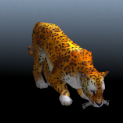


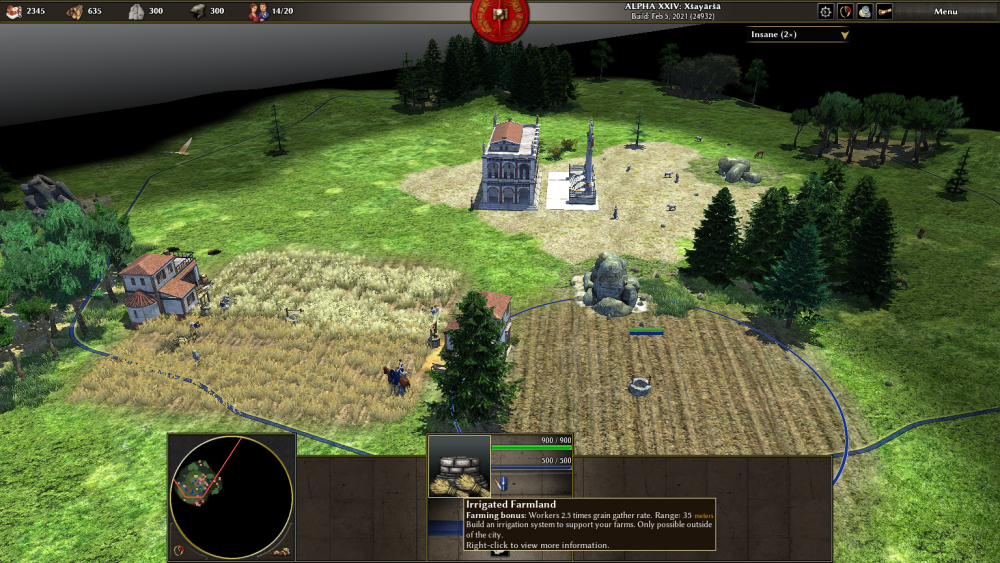
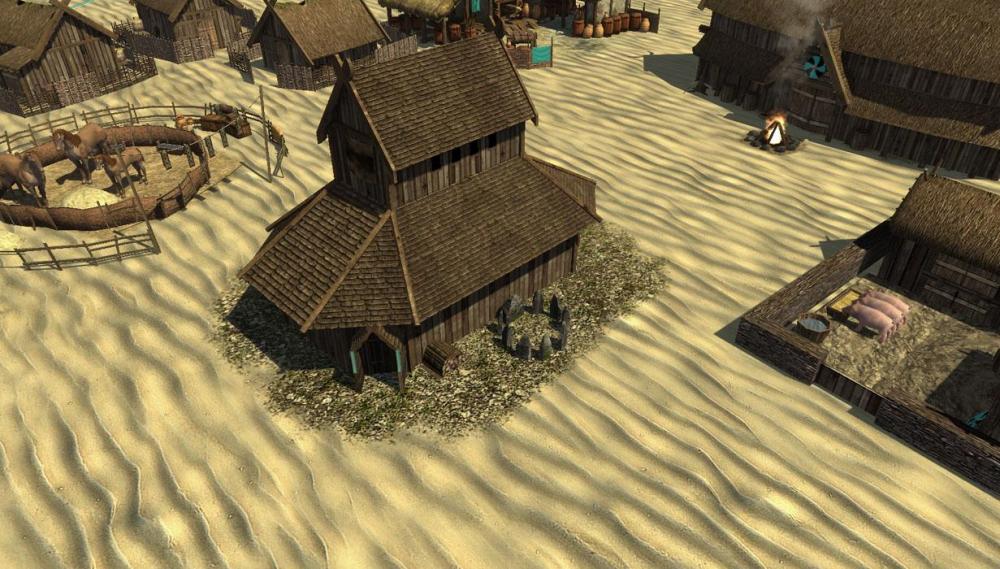
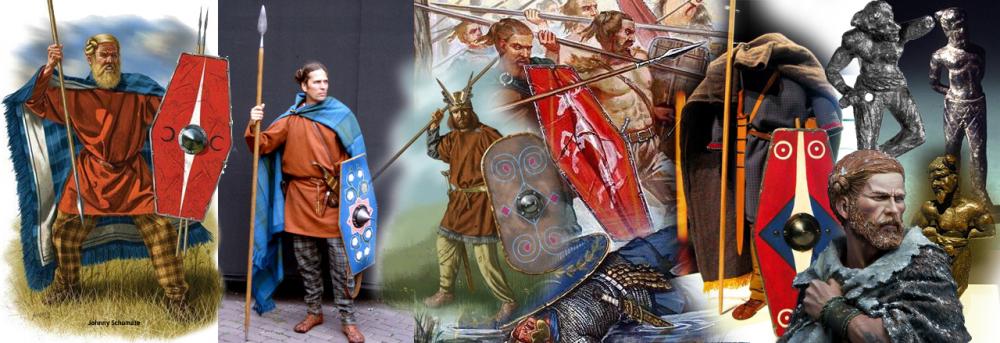

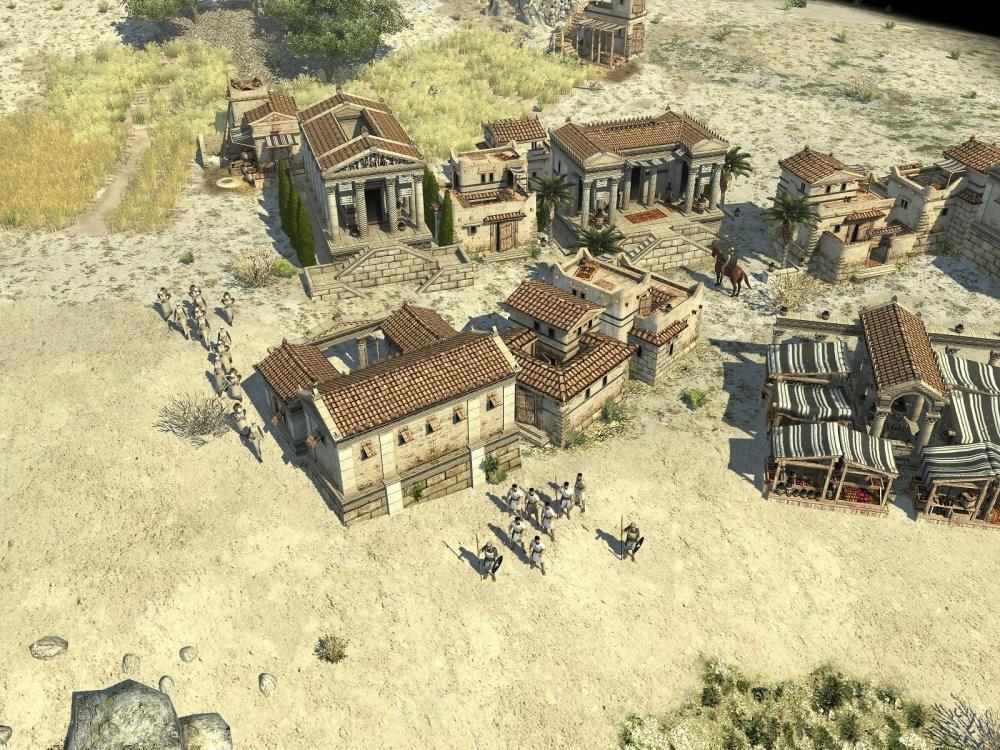
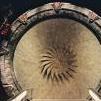
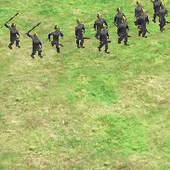

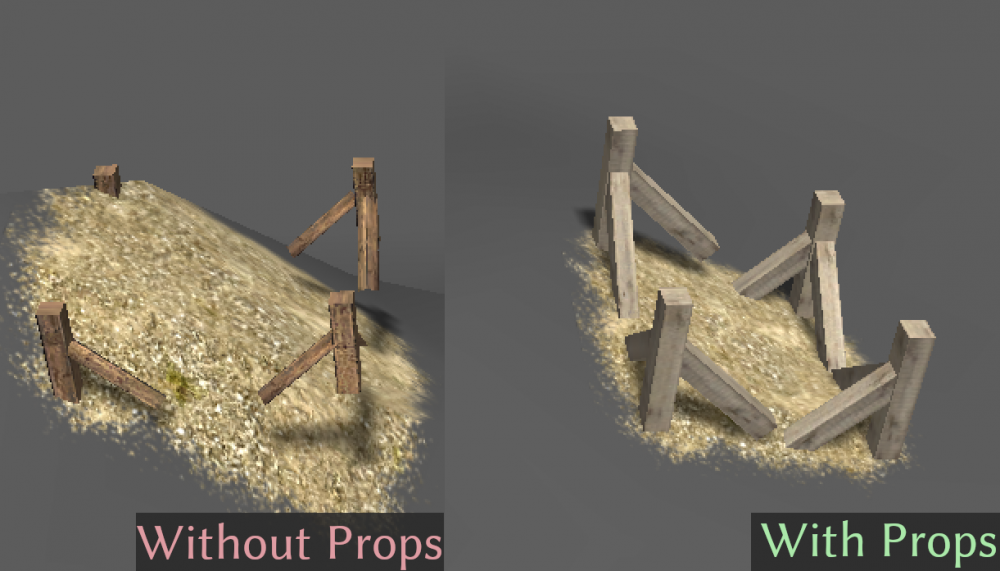
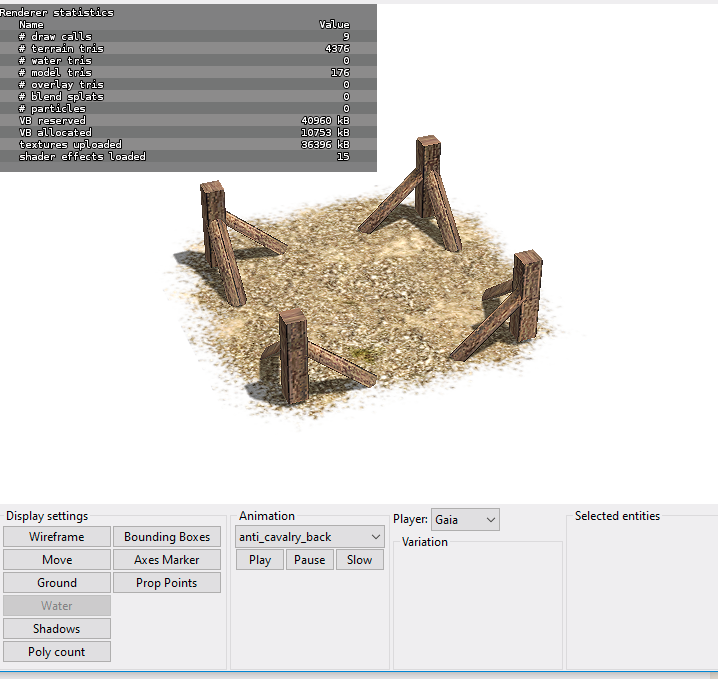
.thumb.jpg.b85f1db9873287a0d10cd2c7e88579c0.jpg)
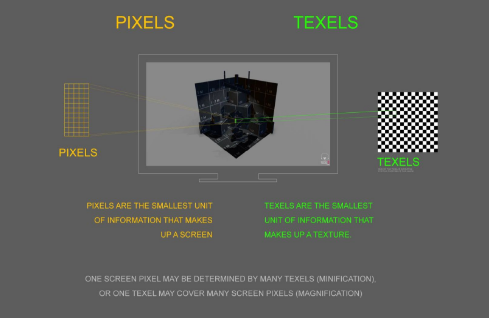
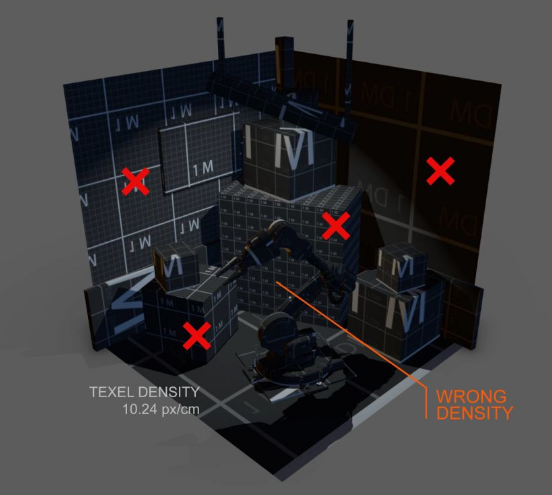
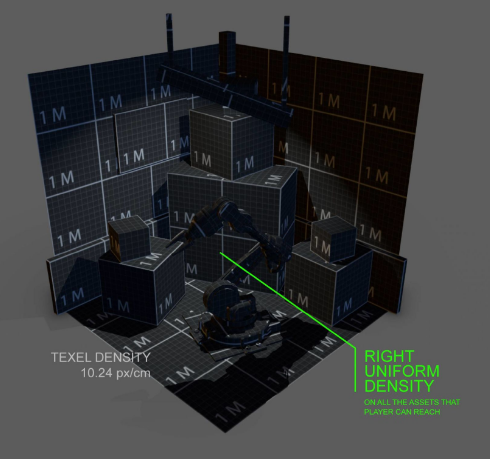
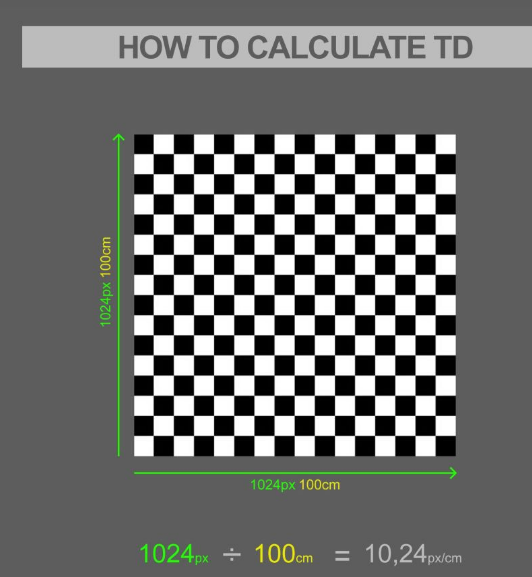
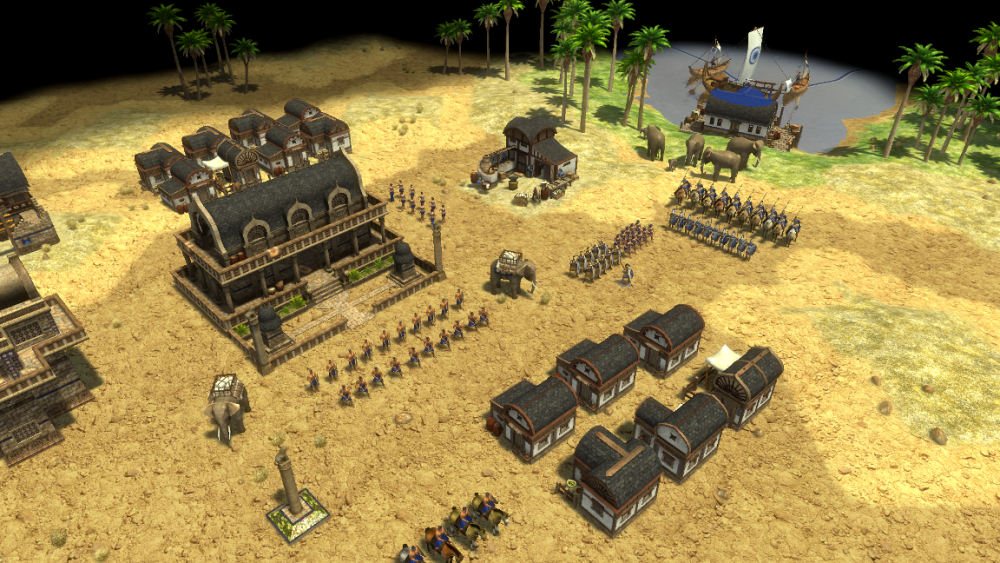
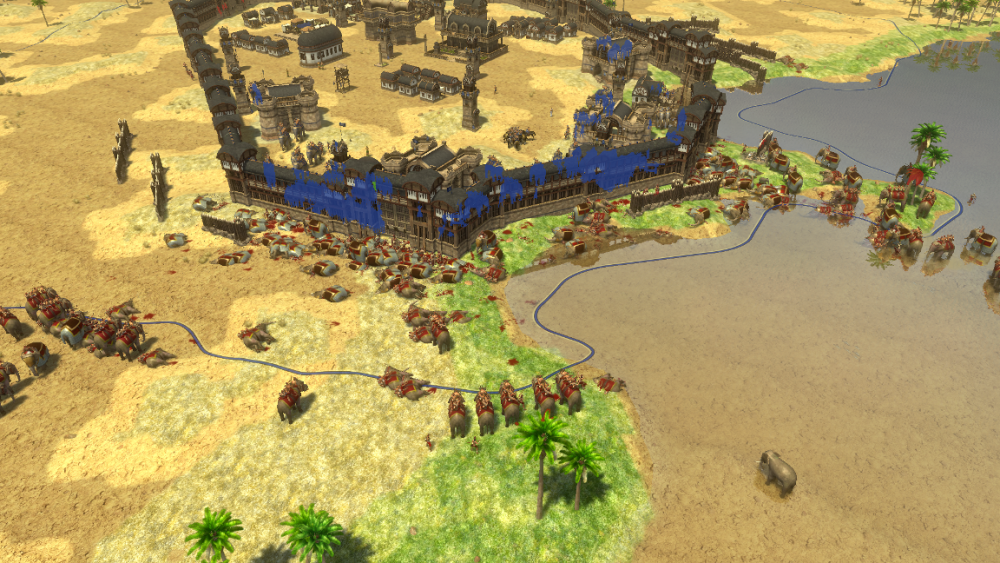
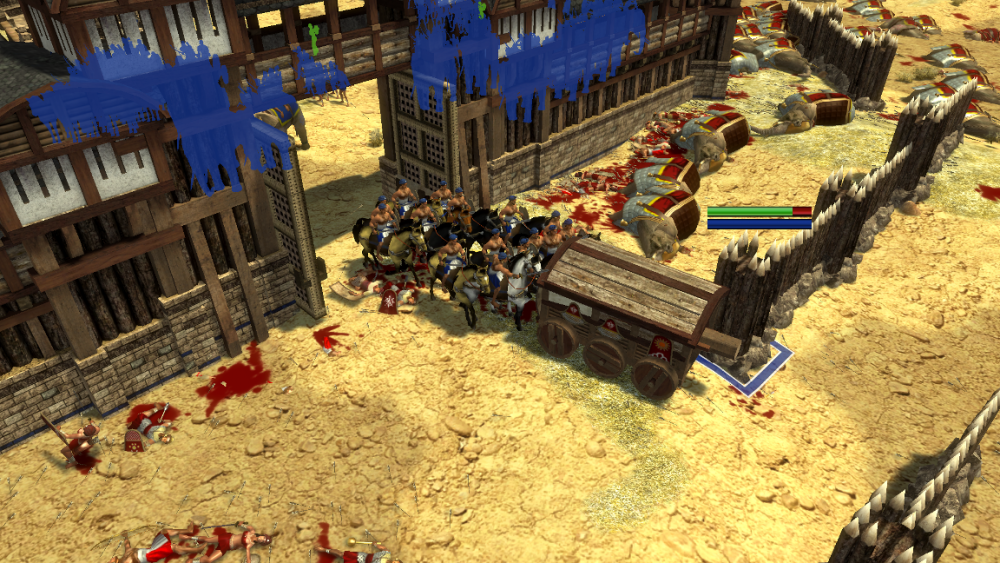
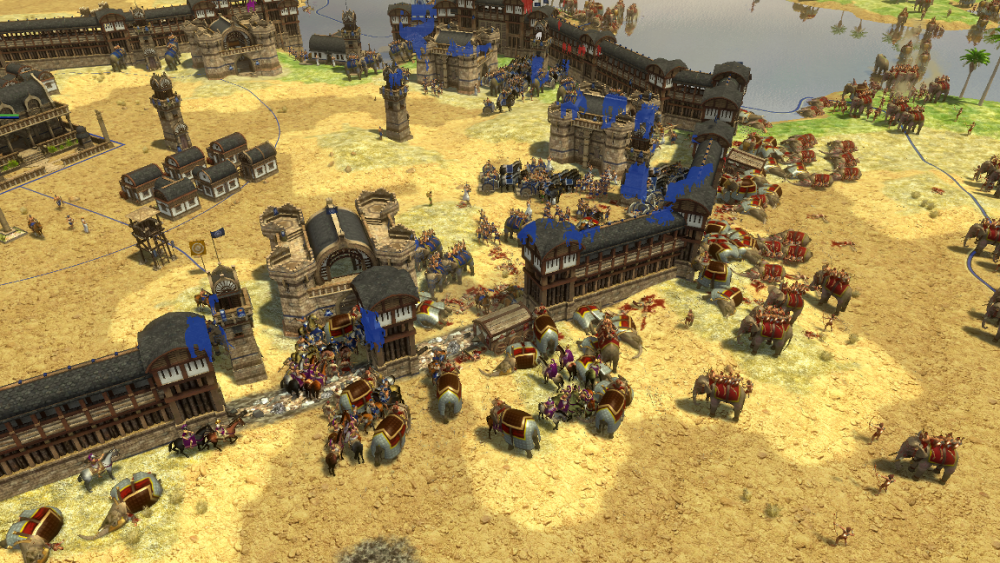

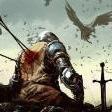
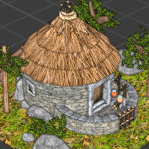
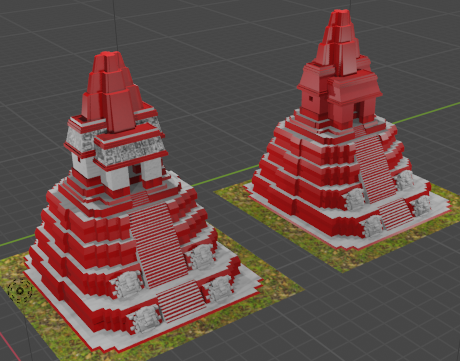
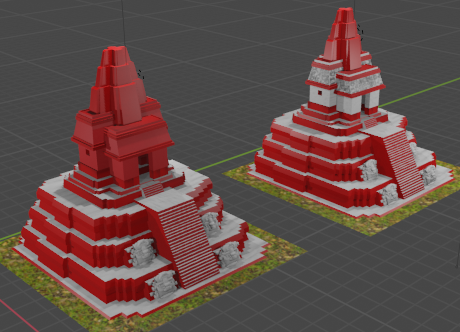
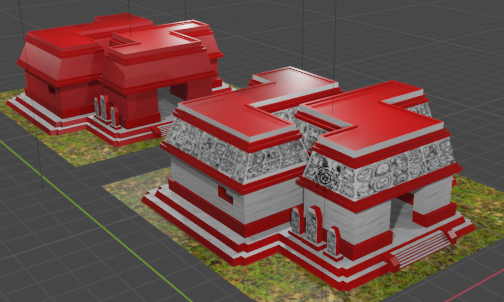
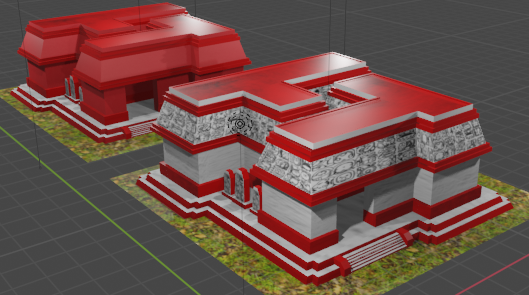
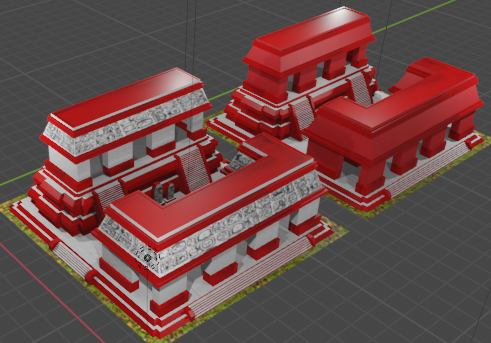
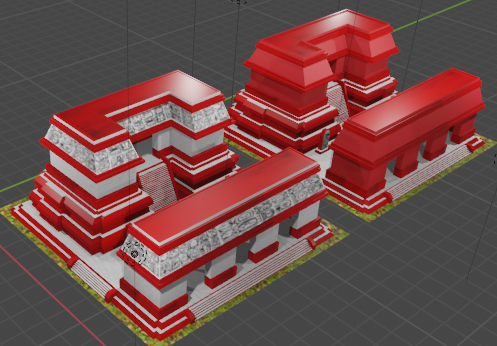
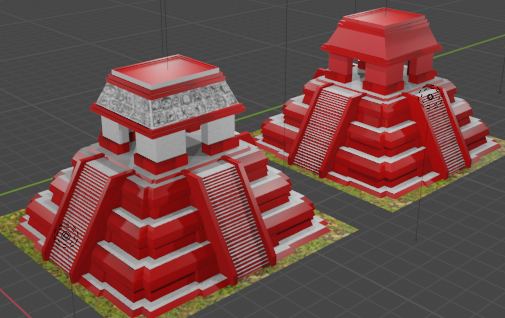
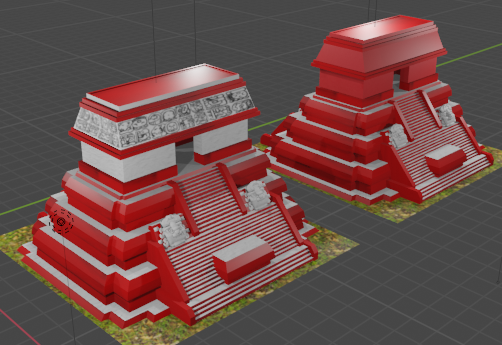
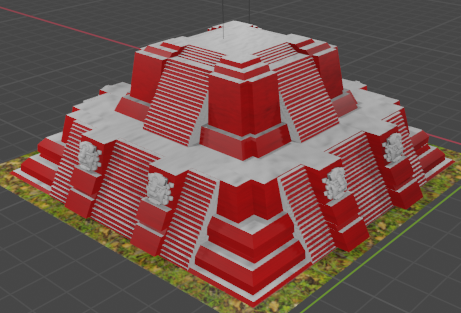
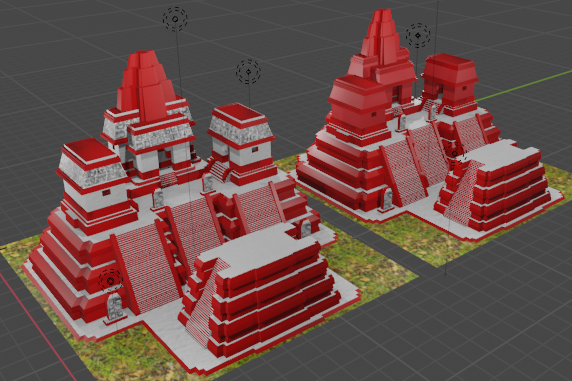
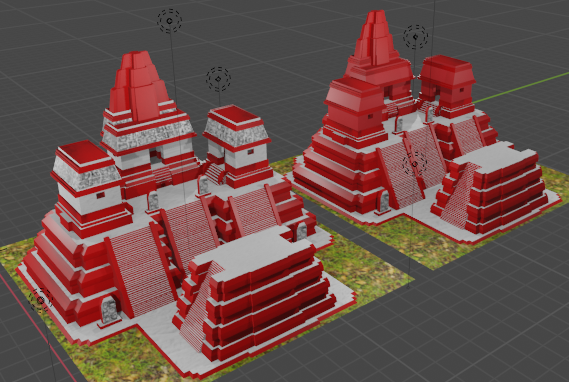
.thumb.jpg.b21ca1d0c15fb56b42c39b25a0a40815.jpg)
